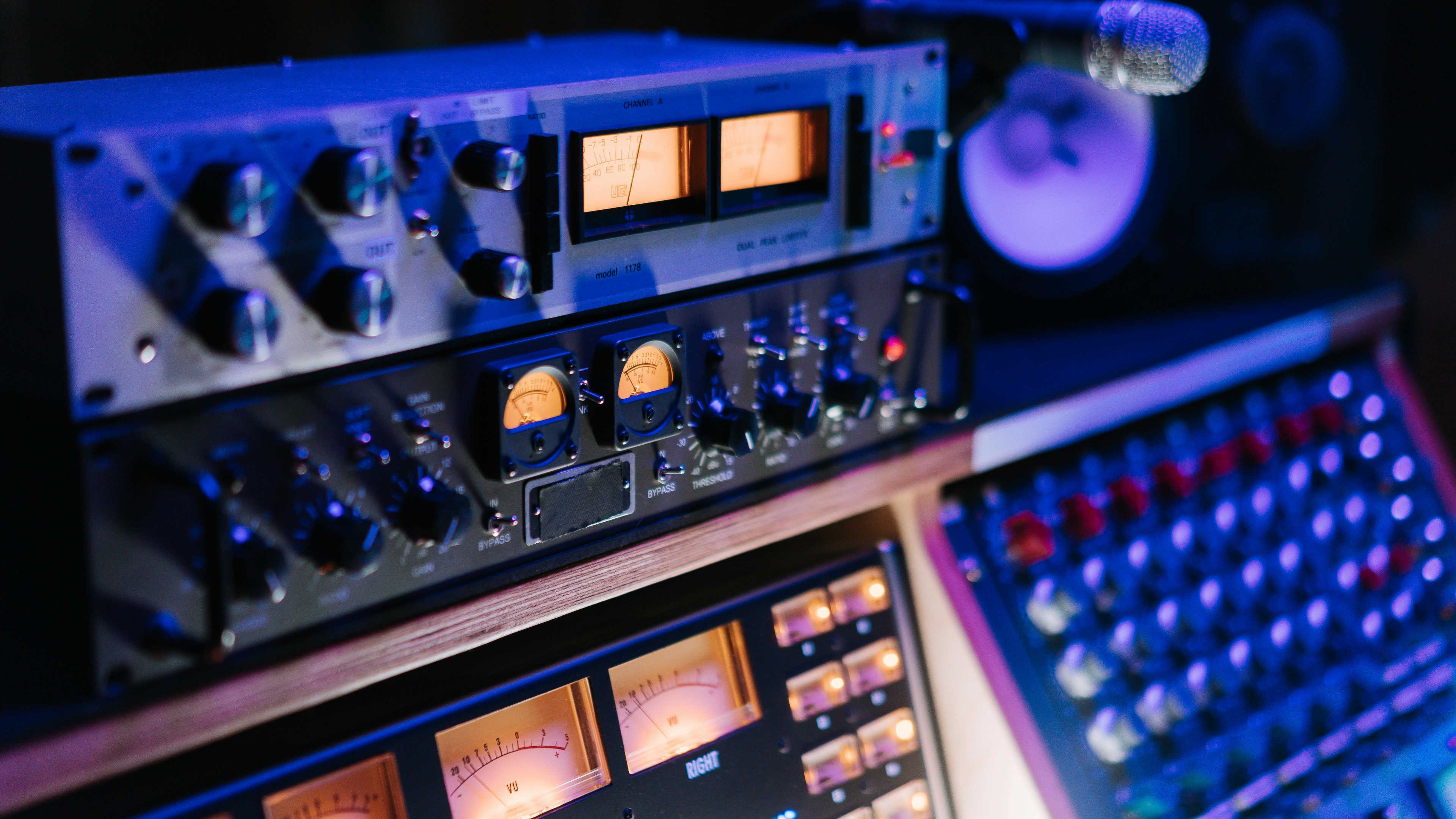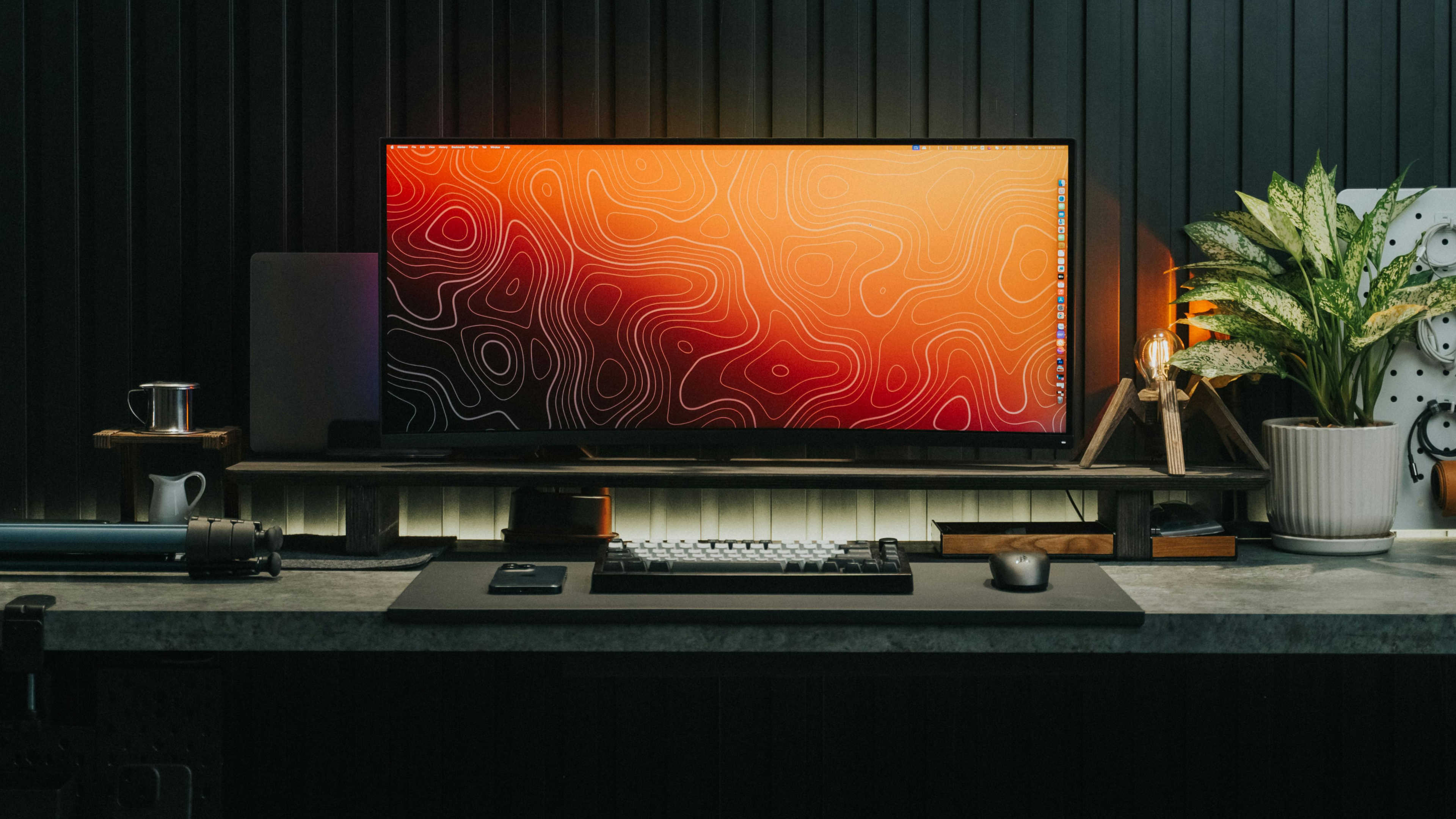BLOG
Lighting for Creative Workspaces
Focused Fixes That Make a Big Difference
Posted on April 17, 2025, by Peter Loomis
Introduction
Lately I’ve been a bit obsessed with lighting—setting up two dedicated workspaces in the San Francisco studio: one for music production and design, the other for live performance and filming. As someone who studied lighting design for theater, I’ve always appreciated how light can shape emotion and focus creative energy. But recently, that appreciation has turned into an ongoing experiment.
With a limited budget, I’ve found myself looking at magic arms, LED panels and dimmers to bring my spaces to life. My windowsill is full of small plants and I film in natural light whenever I can. Whether I’m working at my studio desk or improvising music at my window table, the lighting setup matters more than ever—not just for visibility, but for inspiration as well.
In this post, I’ll break down how lighting can support both task work and atmosphere, and how to design a space that helps you find your flow and stay creative—without breaking the bank.
1. The Role of Lighting in Creative Work
Lighting does more than help us see—it shapes how we feel and how we create. Whether mixing tracks, designing interfaces or capturing video content, the lighting in our space can either support or sabotage our flow. Functional lighting helps us stay focused, while atmospheric lighting creates a vibe that can draw us deeper into work.
In both my studio desk and window table setups, I’ve learned that light isn’t just a utility—it’s a design element, too. It guides mood, attention and energy. I often think about it the same way I think about user experience—how does this space make me feel? Does the environment support or distract me?
When we light our workspaces with intention, they becomes a kind of creative partner. We’re not just illuminating a room—we’re setting the stage for inspiration.









